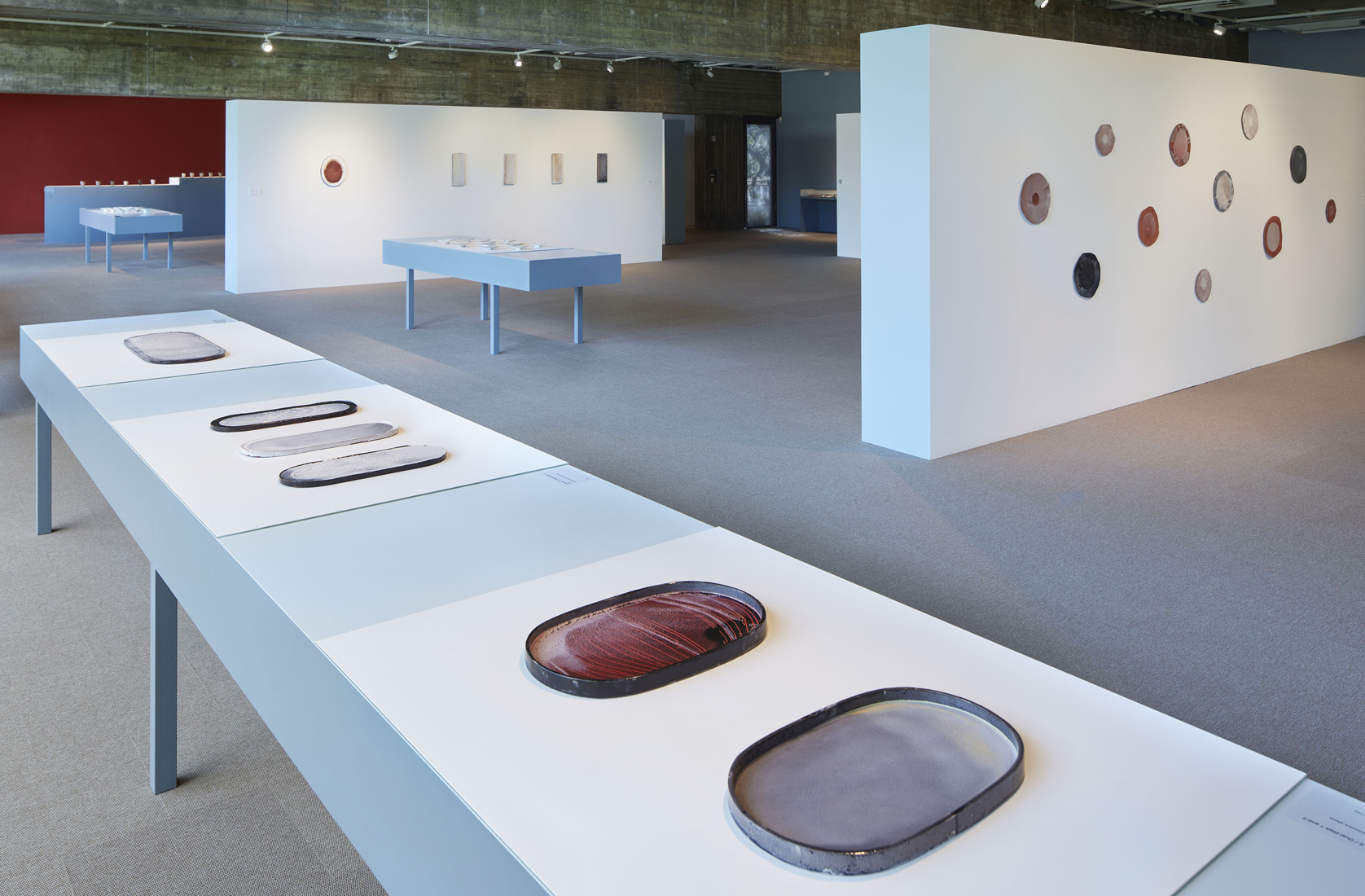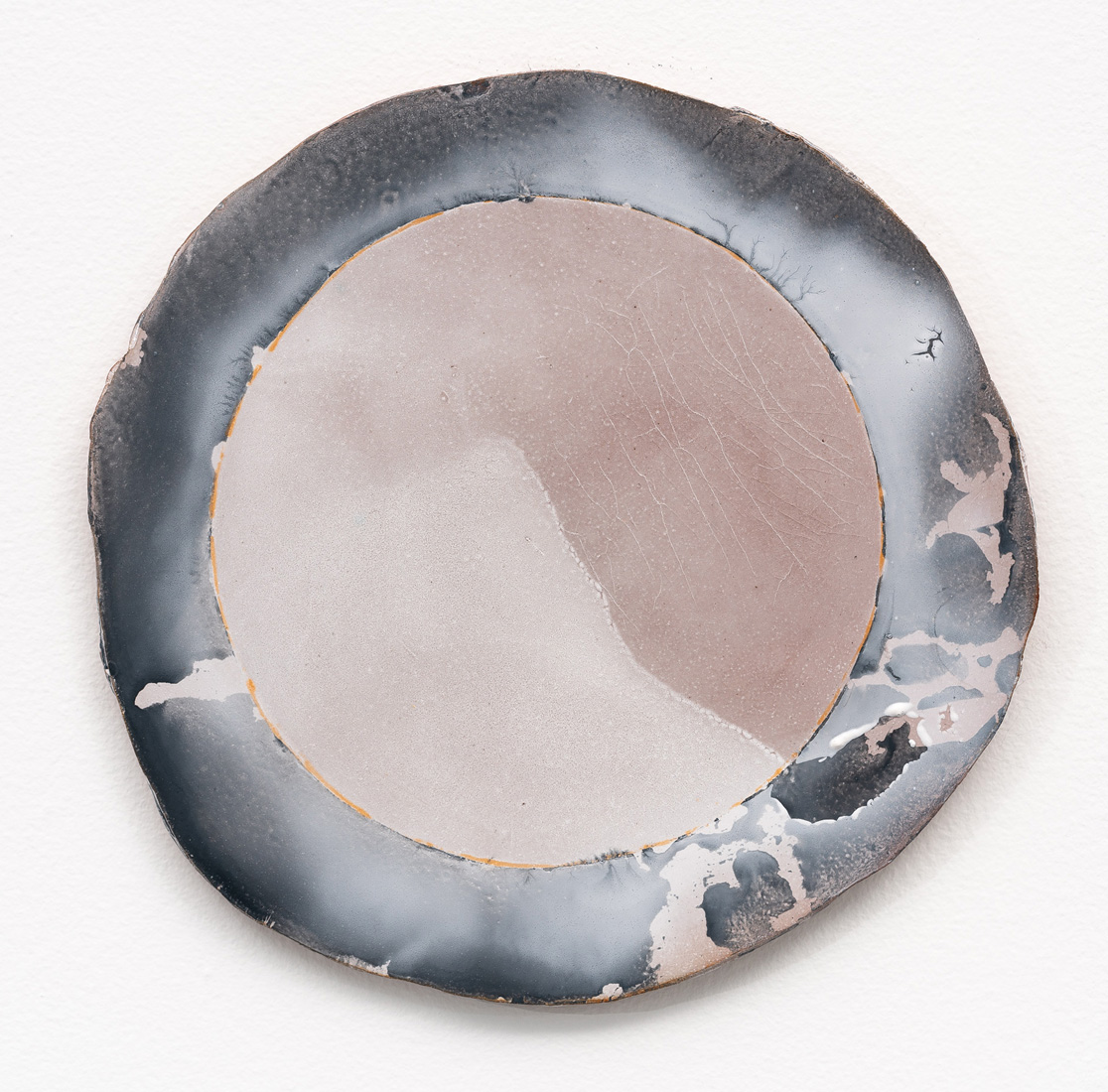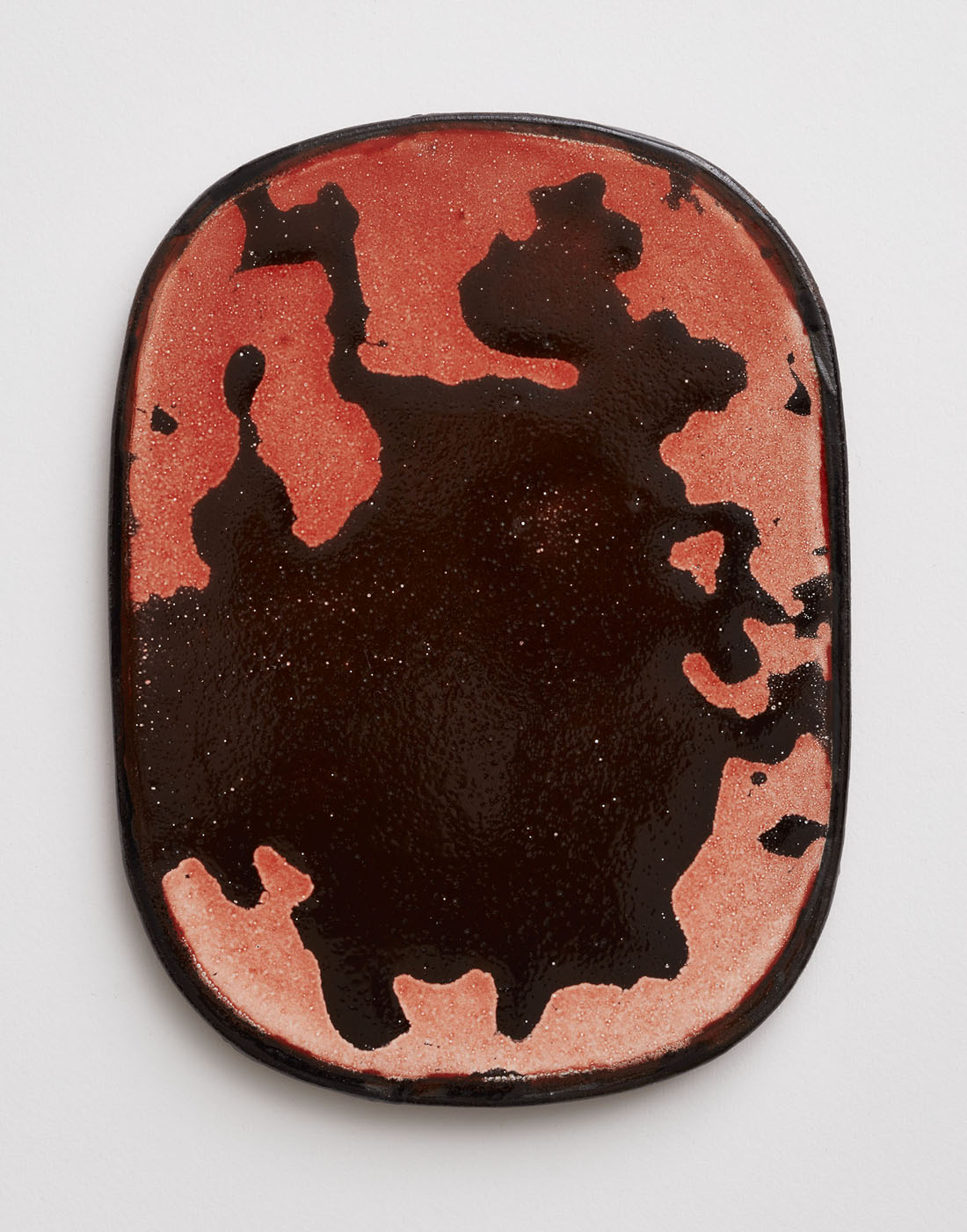Nina Malterud (born in Oslo 1951) is educated at the National College of Art and Design in Oslo 1971–74 and has been working with ceramics since 1975, in Oslo and later in Bergen. She played a role in the activist campaign Kunstneraksjon-74 (Artists’ Action-74). What was negotiated and achieved by the artists during these years of activity generated in the 1970s is still the financial basis for most contemporary art production in Norway today. Furthermore, she had a central role in establishing the Norwegian Association for Arts and Crafts in 1975 and in the launch of the crafts magazine Kunsthåndverk in 1980.
Malterud was a professor of ceramics at the Bergen National Academy of the Arts (KHiB) from 1994 to 2002, before serving as a rector at the same institution from 2002 to 2010. In collaboration with other national arts education institutions, she was deeply involved in establishing the Norwegian Artistic Research Programme in 2003. She has later been a part-time senior adviser mainly on artistic research and artistic Ph.D. at the academies of the arts in Oslo and Bergen and the Faculty of Art, Music and Design at the University of Bergen.
She has had a number of solo exhibitions and participated in group exhibitions since 1976, she has done public commissions with large pots and tiles and she is represented in all the relevant public collections in Norway. She presented a comprehensive retrospective solo exhibition at Kode Art Museum in Bergen, Norway, in 2022. Malterud has received several awards for her work in arts education and crafts, including the Honorary Award of the Norwegian Association for Arts and Crafts in 2005 and the Ulrik Hendriksen’s Honorary Award in 2022. In 2022 she was also appointed Knight of the Royal Order of St Olav for her contributions to art education and the arts.
Visit Nina Malterud’s website and Instagram page.
Featured work
Material Statements, 2022

Out There & Stripes, 2018-2022

Weather Maps, 2018-2022

Tablets, 2017-2022

I work with low-fired earthenware, slips and glazes, referring to historical forms within ceramics such as tiles and dishes, with more focus on expression than function. In the later years, I have explored the potentials of reglazing and refiring several times, where interaction between the layers of glazes produce some unpredictable results. Through this approach, objects can be reformulated countless times. Cracks and gaps in the glaze may offer opportunities of imagery rather than being traditional faults. Some of the surfaces may remind of phenomena in nature, but I do not intend to make representations. I strive for expressions that have a physical presence yet without narrative.
A piece of work starts somewhere and ends up somewhere. A bowl becomes a tablet, becomes a plate, becomes a slab, becomes a letter. The thing moves in the process, between image and use, between table and wall, and back again as easily as such things have always done. The object’s identity shifts and is interpreted differently depending on how it lies or hangs, and what it reminds us of. The shift is not great, but it makes a difference.













